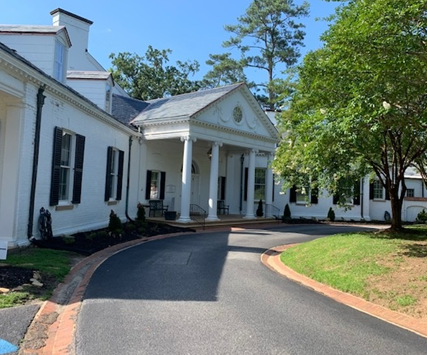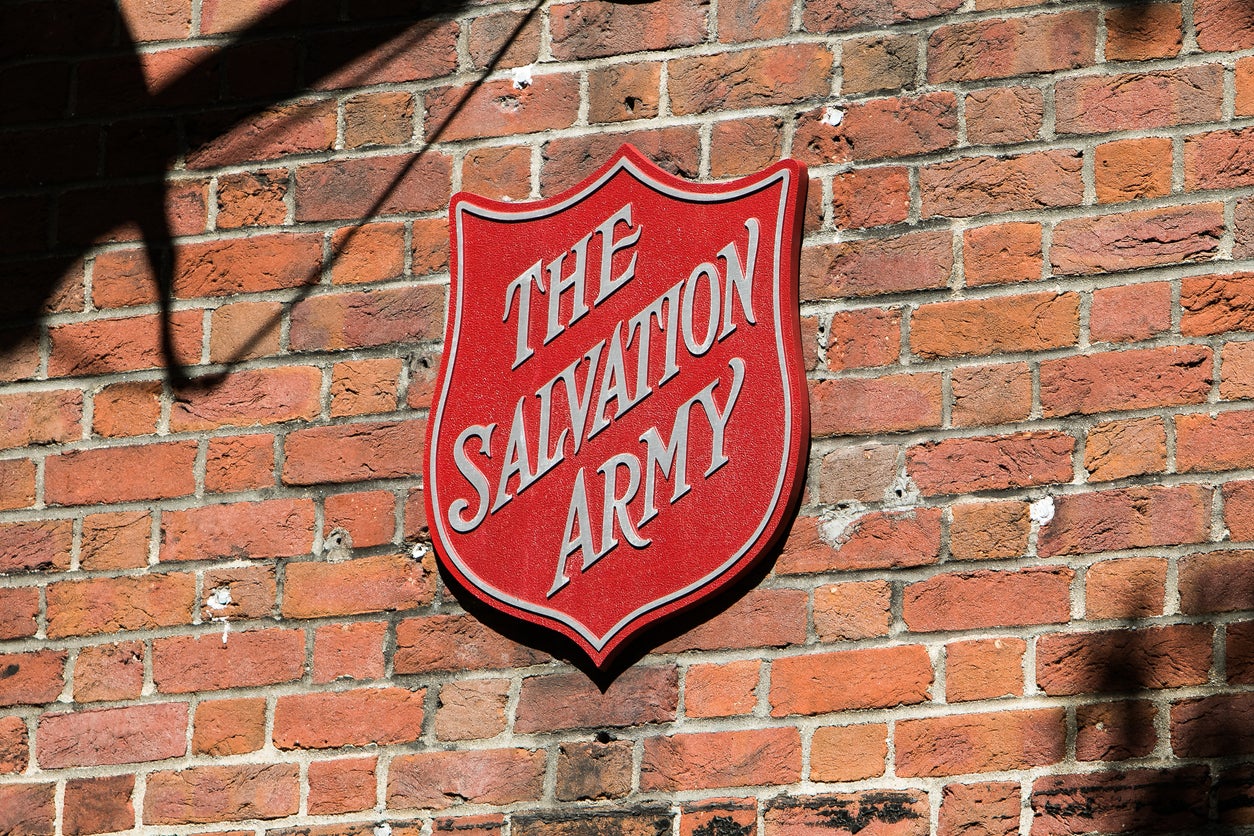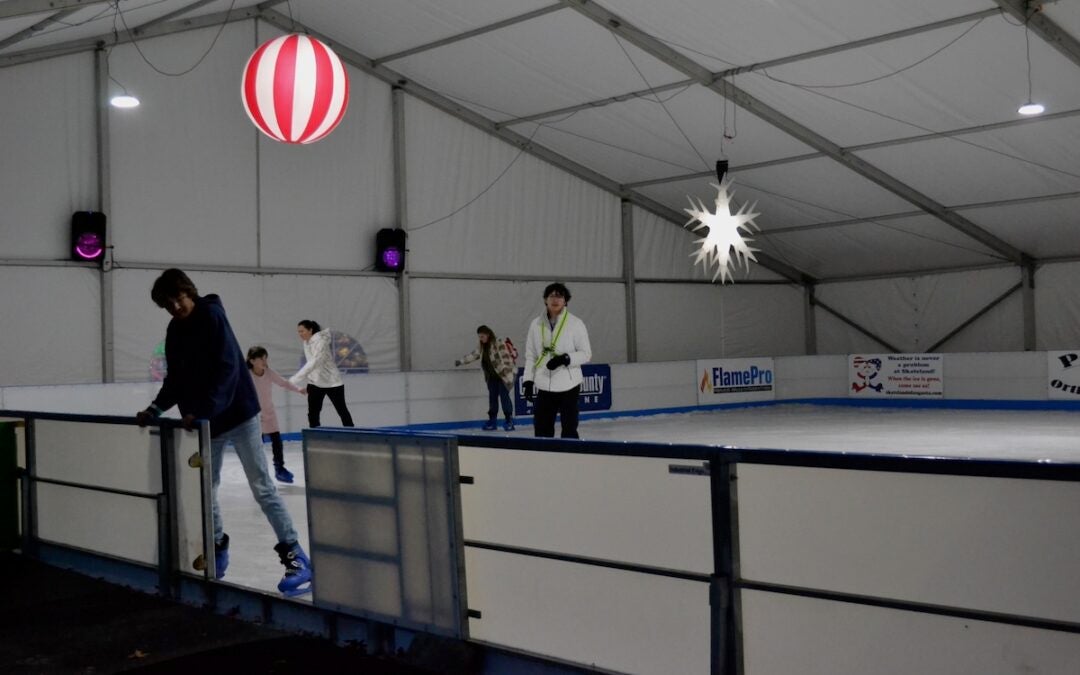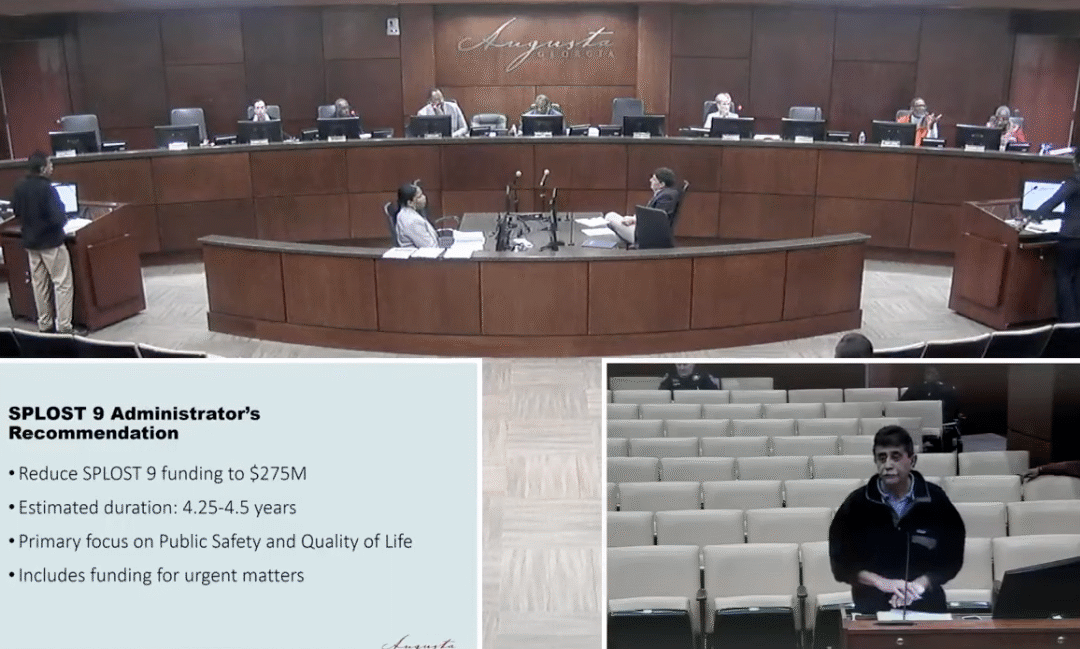The city of Aiken, S.C. may be a relatively small city, but it is home to five museums, and the largest, the Aiken County Historical Museum is definitely worth a visit.
Nestled on 3.5 acres in the heart of downtown Aiken, the building housing the museum, known as Banksia, began life as a private residence for the family of Charleston cotton merchant Adam Gibson in 1862. The Gibson family fled Charleston before the Siege of Charleston began and stayed until the end of the Civil War.
According to Lauren Virgo, executive director of the museum, the smaller 3,500 square foot home housed three successive families, but it was the fourth family that transformed the structure into what is today called “Banksia.”
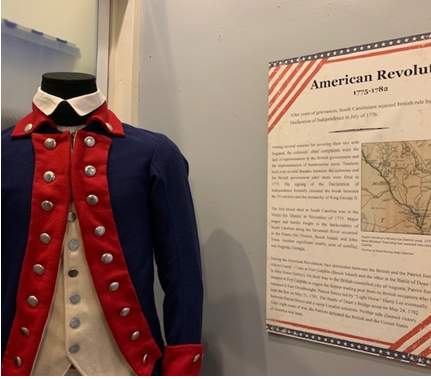
Wealthy Long Islander Richard Flint Howe purchased the property in 1931 and transformed it into a 32-room mansion that his family used to escape the harsh Northern winters.
“He added just a small 14,000 square foot addition to the house,” Virgo said, laughing. “Now, it is the only Winter Colony house in Aiken that is open to the public, and it is the perfect spot for a museum.”
The museum has a little bit of everything, from an antique fire truck that is still used for parades to the recreation of the 1950s era drugstore from Dunbarton, the town in Barnwell County that was razed to become what is now Savannah River Site.
The drug store exhibit has period medicines in the original packaging, and the compounding area and the original soda fountain complete with the bar.
Upstairs, a 1920s-era miniature display of the Ringling Brothers Barnum & Bailey Circus shows what pre-television people of the early 20th Century used as special event entertainment for their children. Virgo says the miniature circus is still a crowd pleaser.
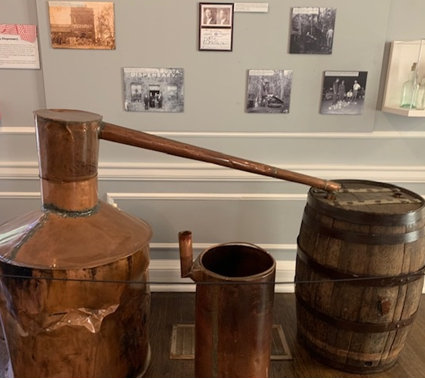
“The kiddos really love it,” Virgo said.
There are other structures on the property aside from the main building such as a 1890s-period one-room schoolhouse and a circa 1808 log cabin used by the Ergle family. According to Virgo, the cabin is not a replica.
“It’s the real thing, and it’s filled with artifacts that the family would use in everyday life,” Virgo said.
The museum also hosts traveling exhibits, such as the “Foods We Celebrate” exhibit that is on loan from the South Carolina State Museum.
The exhibit, which will be on display until Aug. 27, focuses on uniquely Southern foods such as chitlins as well as a crop that was considered a luxury, but necessary: asparagus.
“South Carolina was known as the ‘iodine state,’ and people sought out iodine for good health. Asparagus soaks up the iodine in the soil, and so that was what people ate, when they could afford it, before iodized salt became available,” Virgo said.
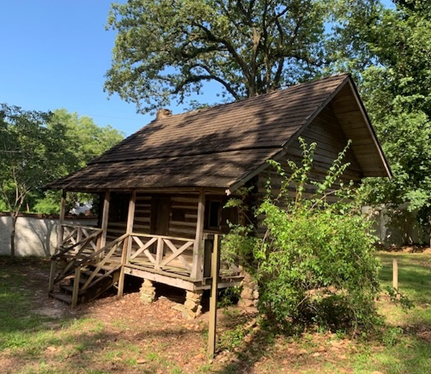
The exhibit also has a 1920s-era liquor still that was also used, ahem, for medicinal purposes.
The Aiken County Historical Museum is open Tuesday – Saturday from 10 a.m. to 5 p.m. and Sundays from 2 p.m. to 5 p.m. The museum will be closed on July 4.
Scott Hudson is the Senior Investigative Reporter and Editorial Page Editor for The Augusta Press. Reach him at scott@theaugustapress.com

